Breaking News


Popular News

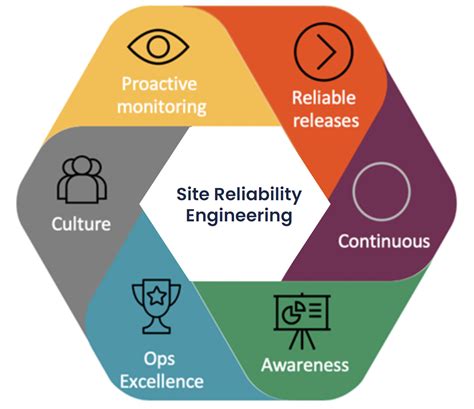
Learn the best practices of Site Reliability Engineering for web applications, including monitoring, automation, testing, and disaster recovery. Implement SRE for better web app reliability.As web applications continue to become more complex and critical to business operations, the need for reliable and stable systems is paramount. This is where Site Reliability Engineering (SRE) comes into play. In this blog post, we will explore the best practices for implementing SRE in web applications to ensure their reliability and performance.
We will start by breaking down the concept of Site Reliability Engineering and understanding its importance in the context of web applications. Then, we will delve into the practical aspects of implementing SRE best practices, including monitoring and alerting strategies to detect and respond to issues proactively. We will also discuss the use of automation and Infrastructure as Code to maintain a stable and scalable system.
Additionally, we will address the significance of testing and disaster recovery planning in the context of web applications, ensuring that even in the event of a catastrophe, the system can quickly recover and continue to serve its users seamlessly. Join us as we explore these critical aspects of Site Reliability Engineering for web applications.
Contents

Understanding Site Reliability Engineering
Site Reliability Engineering Best Practices for Web Applications
In the world of web applications, Site Reliability Engineering (SRE) plays a crucial role in ensuring the reliability, availability, and performance of the application. SRE is an approach to managing and maintaining large-scale systems using concepts from software engineering. It focuses on creating scalable and reliable infrastructure while also managing the operations that keep the application running smoothly.
One of the key best practices in SRE is the implementation of monitoring and alerting systems. This involves the constant monitoring of the application’s performance and setting up alerts for potential issues that could affect the application’s reliability. By proactively identifying and addressing issues, SRE teams can minimize downtime and ensure a positive user experience.
Another important aspect of SRE best practices is the use of automation and infrastructure as code. This involves automating repetitive tasks and defining infrastructure in a repeatable and scalable way. By using automation, SRE teams can reduce human error and improve efficiency, ultimately leading to a more reliable and stable web application.
| Key Best Practices in SRE |
|---|
| Monitoring and alerting |
| Automation and infrastructure as code |
| Testing and disaster recovery |
Furthermore, testing and disaster recovery processes are essential in SRE best practices. These involve regular testing of the application’s resilience and ensuring that there are recovery mechanisms in place in case of a failure. By being prepared for unexpected events, SRE teams can minimize the impact of downtime and restore the application’s reliability as quickly as possible.
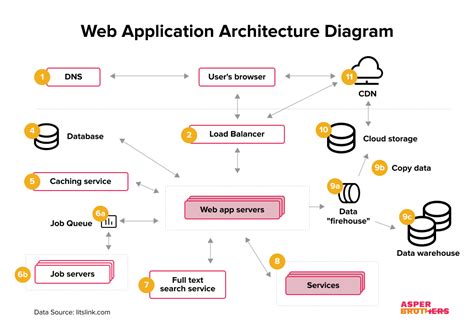
Implementing best practices in web applications is crucial for ensuring the reliability and performance of the software. By following established guidelines and standards, developers can create applications that are robust and resilient, even under heavy load and challenging conditions.
One of the key best practices for web applications is to ensure security at every level of the development process. This includes implementing secure coding practices, using encryption for sensitive data, and regularly updating software to patch vulnerabilities. By prioritizing security, developers can minimize the risk of data breaches and unauthorized access.
Another important aspect of implementing best practices in web applications is performance optimization. This involves optimizing code for speed, minimizing the use of external resources, and leveraging caching mechanisms to reduce load times. By prioritizing performance, developers can create applications that deliver a seamless user experience, even under heavy traffic.
Lastly, scalability is a crucial consideration when implementing best practices in web applications. By designing applications with scalability in mind, developers can ensure that the software can handle increasing numbers of users and data without compromising performance. This often involves using cloud-based infrastructure and horizontal scaling techniques to distribute load efficiently.
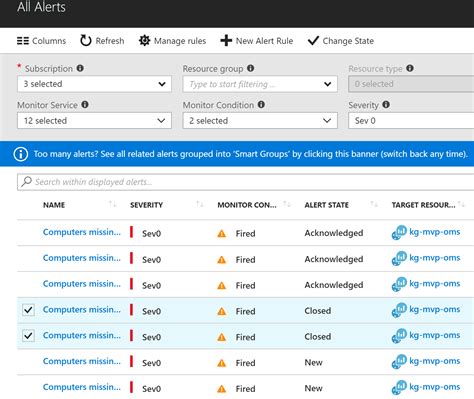
One of the most important aspects of site reliability engineering is monitoring and alerting for web applications. This involves keeping a close eye on the performance and availability of the application and setting up alerts to notify the team of any issues.
Implementing a monitoring system is crucial for identifying any potential problems with the application before they escalate into major issues. This can include tracking key metrics such as response time, error rate, and system resource usage.
In addition to monitoring, setting up alerting systems is essential for ensuring the reliability of web applications. Alerts should be triggered whenever any predefined thresholds are breached, allowing the team to respond quickly and prevent any negative impact on the user experience.
Overall, monitoring and alerting are vital components of site reliability engineering and play a crucial role in maintaining the reliability and performance of web applications.
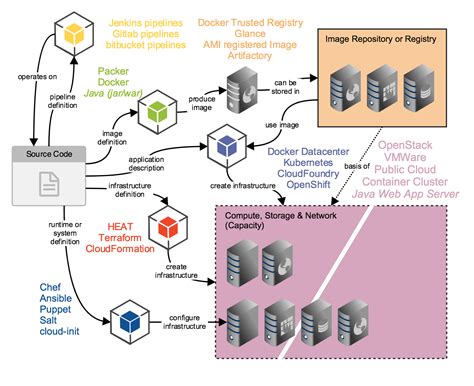
Automation and Infrastructure as Code for SRE
Site Reliability Engineering (SRE) is an approach to running and maintaining large-scale, reliable systems. One of the key best practices for SRE is the use of automation and infrastructure as code to manage and deploy the required infrastructure for web applications.
Using automation and infrastructure as code allows SRE teams to treat infrastructure as software, enabling them to version control, test, and deploy infrastructure changes in a reliable and consistent manner. This approach minimizes the chance of human error and makes the infrastructure more scalable and efficient.
By implementing automation and infrastructure as code, SRE teams can handle the complexity of managing distributed systems and ensure that the infrastructure is always in the desired state, leading to improved reliability and stability of web applications.
| Benefits of Automation and Infrastructure as Code for SRE |
|---|
|
|
|
|
|
|
|
|
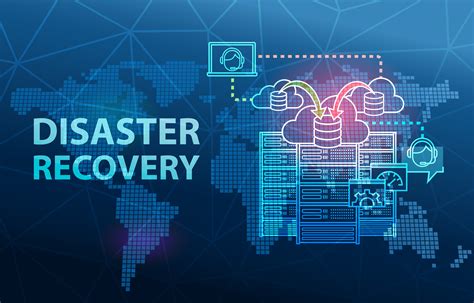
Testing and Disaster Recovery for Web Applications
When it comes to testing web applications, there are various best practices that Site Reliability Engineers (SRE) can implement to ensure the reliability and stability of their systems. One of the key aspects of testing for web applications is implementing automated testing procedures. This includes unit testing, integration testing, and end-to-end testing to cover all aspects of the application’s functionality. Automated testing helps to identify any issues or bugs within the application early on, allowing for quicker resolution and improving the overall reliability of the application.
In addition to automated testing, disaster recovery planning is crucial for web application reliability. SREs need to have a robust disaster recovery plan in place to ensure that the application can withstand and recover from any unforeseen catastrophes, such as server outages or data loss. This may include regular backups of the application and its data, as well as the implementation of failover systems to ensure continuous operation in the event of a failure.
Another important aspect of disaster recovery planning is monitoring and alerting. SREs need to set up extensive monitoring systems to constantly keep an eye on the performance and health of the web application. This allows for early detection of any potential issues, which can then be addressed before they escalate into critical problems. Furthermore, implementing a robust alerting system ensures that SREs are notified immediately of any issues or outages, allowing for quick response and resolution.
In conclusion, testing and disaster recovery planning are integral components of Site Reliability Engineering best practices for web applications. By implementing automated testing procedures and robust disaster recovery plans, SREs can ensure the reliability and stability of their applications, minimizing the risk of downtime and ensuring a seamless user experience.

What is Site Reliability Engineering (SRE)?
Site Reliability Engineering is a discipline that incorporates aspects of software engineering and applies them to infrastructure and operations problems. It aims to create scalable and highly reliable software systems.
What are some best practices for SRE in web applications?
Some best practices for SRE in web applications include implementing monitoring and alerting, conducting chaos engineering to test system resilience, and using automation for repetitive tasks.
Why is it important to implement SRE best practices for web applications?
Implementing SRE best practices for web applications is important to ensure high availability, reliability, and performance of the application, leading to improved user experience and customer satisfaction.
How can SRE help in improving the reliability of web applications?
SRE can help in improving the reliability of web applications by identifying and mitigating potential failure points, implementing effective incident response processes, and continuously optimizing system performance.
What are some common challenges in implementing SRE for web applications?
Some common challenges in implementing SRE for web applications include managing complex distributed systems, balancing feature development with reliability efforts, and fostering a culture of collaboration and learning.
What are the key principles of SRE for web applications?
The key principles of SRE for web applications include service level objectives (SLOs), error budgeting, blameless post-mortems, and a focus on automation and repeatability.
How can organizations get started with implementing SRE best practices for their web applications?
Organizations can get started with implementing SRE best practices for their web applications by establishing clear reliability goals, prioritizing investments in reliability, and fostering a culture of accountability and continuous improvement.